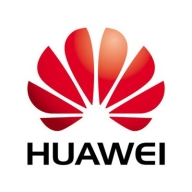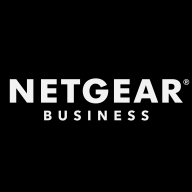

Huawei Wireless and NETGEAR Insight Access Points are competing in the business wireless connectivity market. Huawei offers feature richness and reliability, but NETGEAR has the upper hand with its advanced management capabilities and scalability options.
Features: Huawei Wireless provides seamless integration, high-speed connectivity, and network stability. NETGEAR Insight Access Points offer advanced insights with their robust cloud platform, intelligent monitoring, and remote management.
Room for Improvement: Huawei can enhance its cloud capabilities, improve IoT integration, and expand multi-platform compatibility. NETGEAR could benefit from streamlining its interface, reducing initial setup complexity, and enhancing its physical hardware durability.
Ease of Deployment and Customer Service: Huawei Wireless boasts a straightforward deployment process and reliable customer service, making setup quick and efficient. NETGEAR Insight Access Points also ensures efficient deployment and support, with a focus on cloud-based management that appeals to tech-savvy users.
Pricing and ROI: Huawei Wireless typically offers competitive pricing and solid ROI for businesses seeking cost-effective solutions. NETGEAR Insight Access Points come with a higher initial cost but justify this with advanced features, offering potential long-term benefits and improved management capabilities.
| Product | Market Share (%) |
|---|---|
| Huawei Wireless | 6.3% |
| NETGEAR Insight Access Points | 1.3% |
| Other | 92.4% |


| Company Size | Count |
|---|---|
| Small Business | 17 |
| Midsize Enterprise | 8 |
| Large Enterprise | 12 |
| Company Size | Count |
|---|---|
| Small Business | 8 |
| Midsize Enterprise | 1 |
| Large Enterprise | 2 |
At NETGEAR, we turn ideas into innovative networking products that connect people, power businesses, and advance the way we live. Easy to use. Powerful. Smart. And designed just for you.
We monitor all Wireless LAN reviews to prevent fraudulent reviews and keep review quality high. We do not post reviews by company employees or direct competitors. We validate each review for authenticity via cross-reference with LinkedIn, and personal follow-up with the reviewer when necessary.